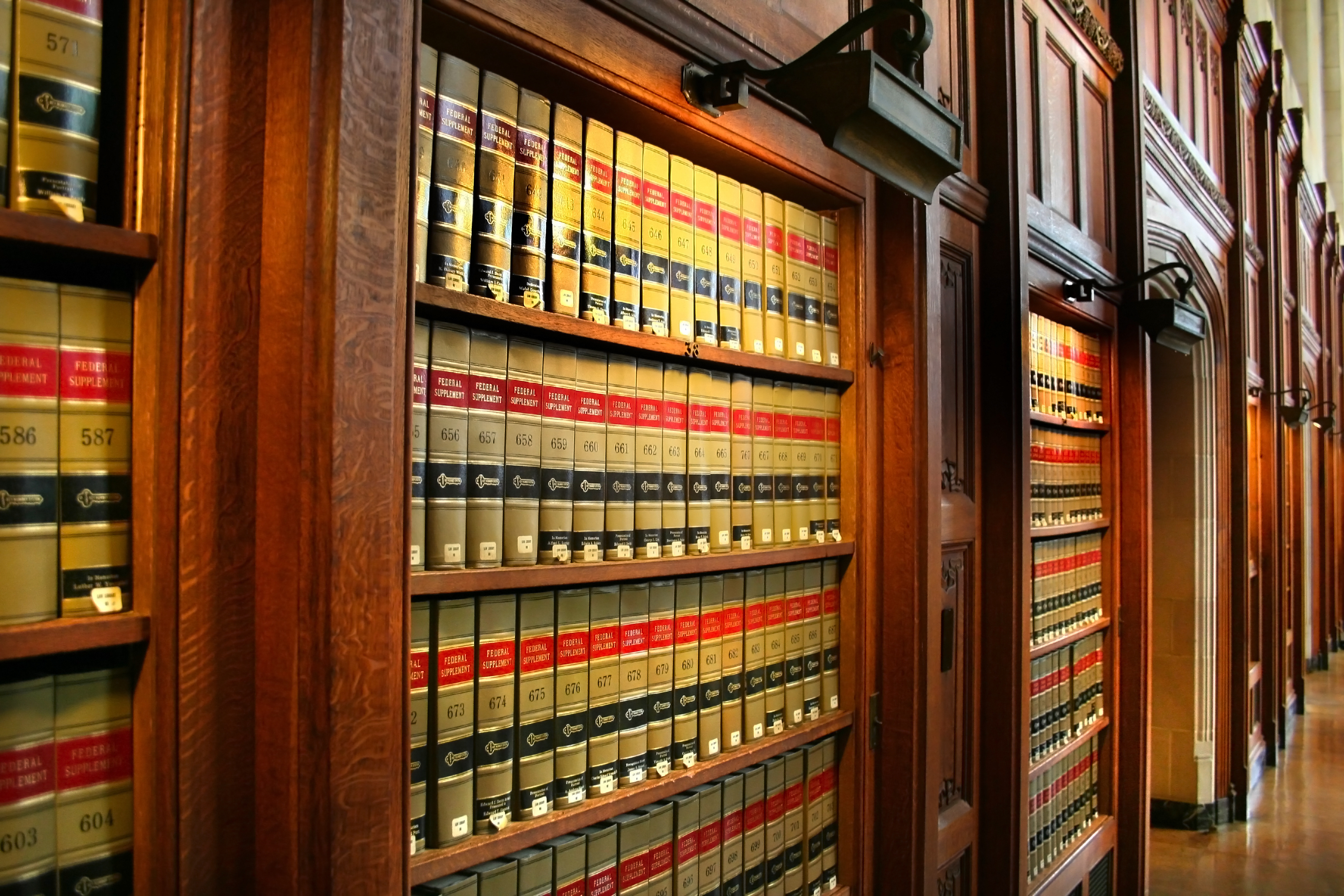I visited the library in this historic courthouse several times (image shown below) over a period of years and watched it change in both form and function. In the past, it was a classic formal library filled with densely placed linear stacks of law books. Recently, as shown in the photo, the library was renovated to increase the computer reference area and decrease the space devoted to stacks. The need for the renovation in the courthouse planning was principally based on the court’s recognition of the changing function served by the library. Interestingly, it was also based on the recognition that a secondary benefit could be found in having a more flexible, multi-purpose space that would accommodate other functions such as training sessions for law clerks.
Changing Functions of the Courthou se Library
se Library
Information technology in today’s digital age allows judges, law clerks, and attorneys to perform most legal research online. In a bygone era, this research required extensive use of the courthouse library. Today’s technology, however, allows research to be performed virtually anywhere. These changes in patterns of research raise the question: What is the current role of the courthouse law library?
Each court must answer that question based on the unique practice of its judicial staff and the attorneys practicing in that jurisdiction. The answer will likely affect the size, layout, and support functions provided in the courthouse library. Considerations might include:
- Should the library staff be supplied with enclosed offices or shared open workstations if they are highly mobile and routinely work outside the library?
- Should there be more space devoted to public use computer terminals for research versus space devoted to the stack area housing the collections?
- If the staff is highly mobile and less space for the stack area is appropriate, should the library size be reduced from past standards?
- Should the layout of the library be different from past standards based on the answers to the three previous questions?
We have found that some library planning principles are generally universal today, although each court’s library can take on a different form depending upon its needs,
Staff and collection space: The ability to reduce the size of a courthouse library is, to a smaller extent, based on the mobility level of the library staff, and to a larger extent based on the electronic usage habits and mobility level of the court’s judicial staff and the attorneys located in that jurisdiction. This is because the hard copy collection and related support areas occupy a far greater amount of space than do library staff facilities.
However, potential space standards for courthouse libraries with a highly mobile library staff could include:
- Head librarian – 120-180 sf enclosed office
- Library staff - 64 sf workstations @ 1 per 3 staff
Potential reductions in the area devoted to the library collection stacks for a court with a uniformly high level of electronic access to reference materials could range from 50% down to complete elimination. Conversely, in an environment where there is a high level of electronic access to reference materials, the public use computer reference area could be increased substantially; between two and four times depending upon the number of judicial staff.
Support area space: With the exception of a microform reference area, other support areas could be cumulatively reduced by as much as 50% including the following:
- Public entry/lobby
- Circulation/reference desk
- Periodical area
- Study areas
- Technical services area
- Fax and copier areas
- Support spaces including areas for supply storage, general storage, and the reference catalogue
Library Layout
The layout for a courthouse library serving a court with a high level of electronic access to reference materials could be considerably more compact with a very simple layout focusing on the public use computer reference area.
A court may choose to retain all of its traditional hard copy collection and the stack space required to house these volumes based on either current usage patterns or on the desire to sustain a sense of tradition. Nevertheless, continued growth in the use of electronic information technology will likely result in dramatic changes to the traditional courthouse library that can result in a more flexible and dynamic layout, as well as a reduction in overall space.




.jpg)
.jpg)
.jpg)
.jpg)
.jpg)
.jpg)


-1.jpg)
.jpg)
.jpg)

